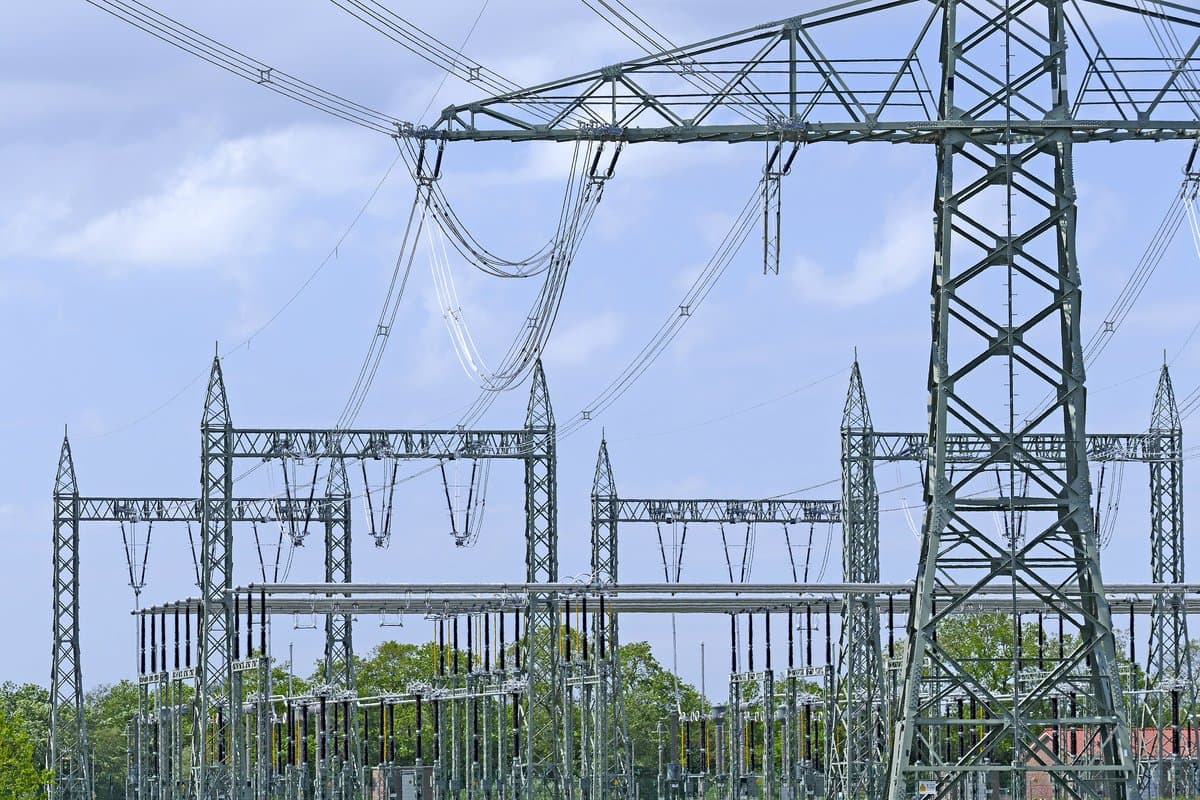
Grid reconstruction
TenneT in the Netherlands regularly receives requests to modify one or more high-voltage lines or cables. TenneT uses the term 'reconstruction' for such modifications. The applicants are usually municipalities, other government bodies or project developers who wish to realise spatial plans that will be hampered by the current high-voltage infrastructure.
Research and decision-making process
As much clarity as possible at every step
TenneT has drawn up a reconstruction manual to provide as much clarity as possible about the steps in the process, the roles and the responsibilities when dealing with reconstruction requests.
Manual for reconstruction
This script takes the interests of (potential) reconstruction applicants into account as much as possible by (1) providing a transparent handling process, (2) providing transparent and verifiable (intermediate) results and (3) allowing for the evaluation of different options. The guide also provides indications of turnaround times and costs of studies. It also provides insight into the options that the applicant of a reconstruction has at a certain moment and into the steps in which an increasingly accurate estimate is made of the costs of the realisation of the reconstruction. The roadmap was prepared in consultation with various municipalities.
The investigation phase for a reconstruction actually ends with the signing of a realisation agreement between TenneT and the applicant for the reconstruction. In the preceding phases, both parties can independently decide to terminate the reconstruction process for reasons of their own. If there are reasons for TenneT not to go ahead with a reconstruction, we will make our considerations open and clear. Such considerations will almost always be related to technical bottlenecks and/or other risks or impediments that reconstruction poses to the performance of the statutory duties.
Process steps
- Phase 0: Initiation phase
- Phase 1: Study phase
- Phase 2: Basic design phase
- Phase 3: Realisation and aftercare phase
In the initiative phase and study phase, we need to define the reconstruction wishes as sharply as possible together with the reconstruction applicant and gain insight into possible solutions and their estimated costs. In the initiative phase, this is done primarily through consultation between the applicant and TenneT.
In the study phase, a feasibility study is carried out on behalf of and, in principle, at the expense of the applicant, in which a number of solution directions are worked out in broad outline. An initial cost indication is also given. TenneT also performs a quick scan to determine the conditions within which the reconstruction is acceptable to us. This is the only study in the entire process for which TenneT itself bears the full costs.
At the end of the study phase, the solution variant is chosen, which will be worked out in more detail in the basic design. This basic design will provide, among other things, a more accurate cost estimate and planning. On the basis of the basic design, the reconstruction applicant and TenneT decide whether they will enter into a realisation agreement for the execution of the reconstruction (= start of the realisation and aftercare phases).
FAQs
These only apply for the Netherlands
In recent years, social debate has arisen about living in the immediate vicinity of existing high-voltage connections. Following proposals from TenneT, the Dutch cabinet decided in mid-2014 to introduce a scheme for the undergrounding (cabling) or relocation of overhead 50, 110 and 150kV lines in inhabited areas.
An important condition for the cable-laying and relocation scheme is that the relevant municipality or province is willing to bear part of the costs. For high-voltage lines in municipalities with more than 30,000 inhabitants, the contribution rate is 20%, with a maximum of €975,000 per kilometre of new high-voltage line. The contribution rate for smaller municipalities is 15%. This is considerably less than the regular contribution of 100%, but the government still considers it important that the local interest is also translated into a financial contribution. The Minister has designated the high-voltage lines that qualify for cabling or relocation. The municipalities concerned know which parts of the high-voltage network are affected. You can therefore contact the municipality to ask about any plans to make use of this scheme.
The government has decided that the total length of overhead high-voltage lines in the Netherlands should not increase. Therefore, the government is of the opinion that if a new, above-ground high-voltage line is added anyway, (an equal part of) an existing line must be put underground. This is called the exchange principle. The underground construction of 380kV lines, known as 'cabling', is still possible to a limited extent. If a line has to be taken underground, it will therefore be a 110 or 150kV line. As of 1 January 2019, the government has introduced the Cable and Relocation Regulation. Under this scheme, municipalities and provinces can have sections of the high-voltage grid designated by the minister and have them cabled or relocated at reduced costs. In total this concerns about 135 km of existing, above-ground high-voltage line. The government assumes that this will already mean that more than enough high-voltage lines will be brought underground to meet the trade-off principle. The specific interpretation of the trade-off principle has therefore not been elaborated on.
Electricity transmission infrastructure generally has a very long lifespan; technically speaking, pylons can last for more than a hundred years, partly due to TenneT's excellent maintenance. As a result, there are limited opportunities to combine this with reconstruction work.
Would you like to know more or do you have questions about reconstructions? Please contact TenneT at reconstructies(at)tennet.eu.
